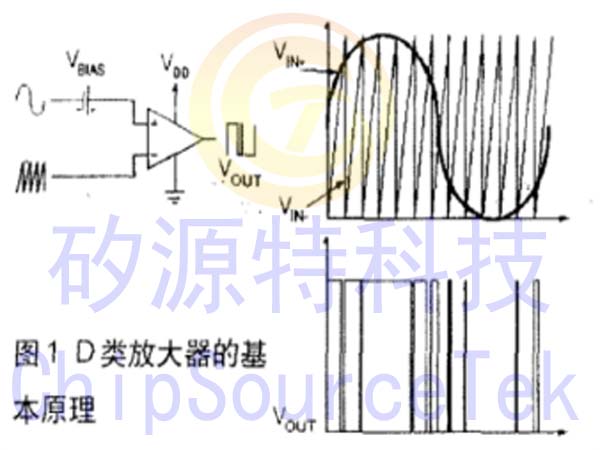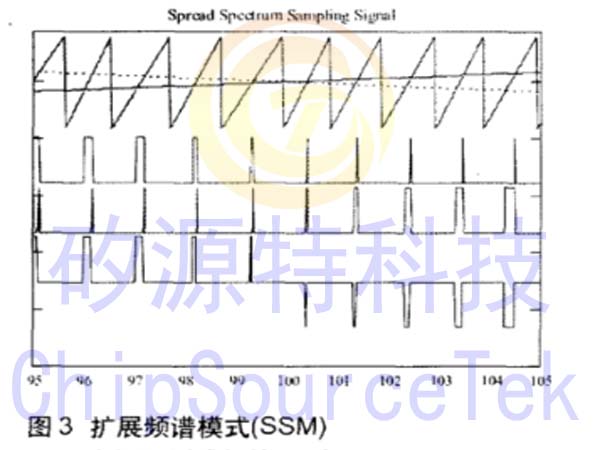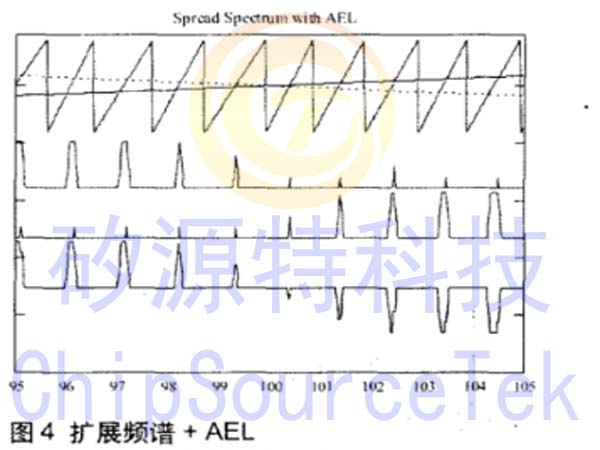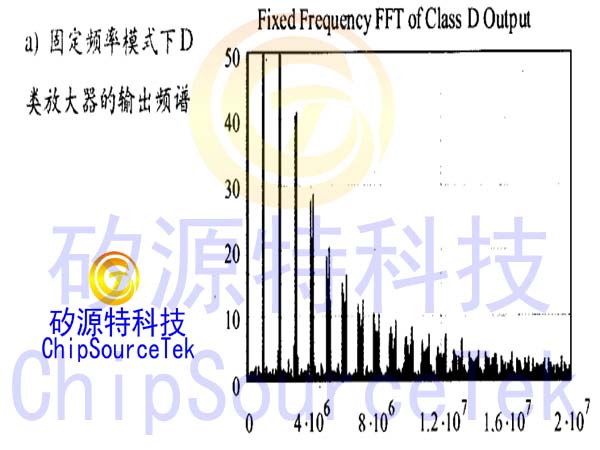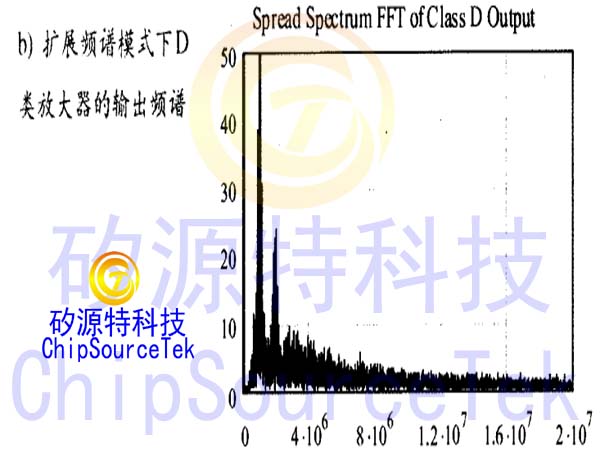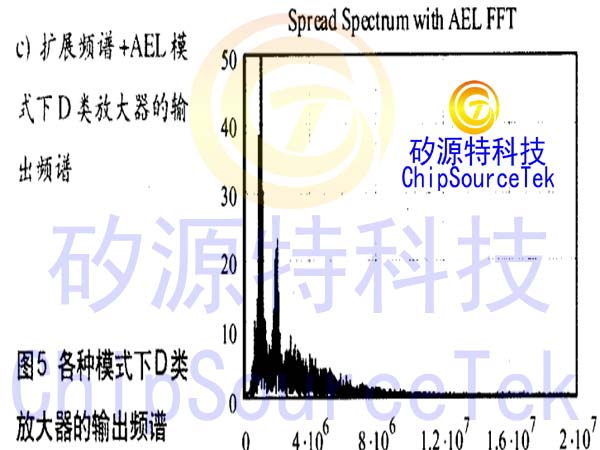preface
In the rapidly changing multimedia era, portable electronic products such as smartphones, PDAs, MP3, PMP, DSC, DVC, NB, and other multimedia products have increasingly strict requirements for sound quality. In addition, as such products are battery powered, in addition to requiring further breakthroughs in sound quality, overall efficiency improvement is also required to achieve the design goals of high efficiency and low power consumption.
In the audio modules of such products, in addition to the signal source at the input end and the speaker or earphone at the output end, the audio amplifier plays a very important role. Currently, there are two types of audio amplifiers widely used in portable products: Class AB and Class D. Usually, Class AB amplifiers can provide good sound quality, but their efficiency is poor and they consume a lot of power; Class D amplifiers have characteristics such as high efficiency, low temperature rise effect, and high output power.
theoretical analysis
The operating principle of Class AB amplifier is similar to that of linear regulator, with poor efficiency and heat dissipation; The working principle of Class D amplifiers is similar to switch regulators, with high efficiency and no heat dissipation issues. However, the circuit requires a sampling clock, which can be built into the chip or provided externally. The basic principle of Class D amplifier is shown in Figure 1, where the in-phase input of the internal comparator is connected to an audio signal source, and the inverted input is connected to a sampled triangular wave signal. When the potential of the audio input is higher than the triangular wave signal, the comparator outputs at a high level; When the potential of the audio input is lower than the triangular wave signal, the comparator outputs at a low level. The high and low level outputs of the comparator drive subsequent MOSFET switches, generating current to drive the speaker when the MOSFET is conducting. If an LC filter circuit is added to the rear stage of the MOSFET, the LC filter will restore the MOSFET square wave to an analog audio signal similar to the input.
Figure 1 Basic principle of Class D amplifier
Traditional Class D amplifiers use a fixed sampling frequency and have strong EMI, which limits the use of Class D amplifiers. With the continuous improvement of IC design technology, the application of Maxim spread spectrum technology in Class D amplifiers can effectively suppress EMI and fully meet the EMI limitations of FCC. Figure 2 shows the output waveform of a Class D amplifier in a fixed frequency mode, with the output spectrum consisting of fundamental waves and corresponding higher-order harmonics. Some Class D amplifiers allow for changing the sampling frequency to avoid sensitive frequency bands for fundamental and higher-order harmonics.
Figure 2 Fixed Frequency Mode (FFM)
In the extended spectrum mode, the sampling clock frequency changes periodically within the specified range (Figure 3), making the distribution of the output spectrum relatively flat, thereby improving EMI radiation through speakers or audio cables. The change in sampling frequency will not disrupt the recovery of audio signals or reduce overall efficiency.
Figure 3 Extended Spectrum Mode (SSM)
Some Class D amplifiers can also allow external system frequency synchronization to reduce or avoid sensitive frequency bands. In addition, the Maxim Class D amplifier has an Active Emission Limiting Circuit (AEL), which actively controls the gate of the output FET during output transients, avoiding high-frequency radiation caused by inductive load freewheeling in traditional Class D amplifiers, thereby reducing EMI (as shown in Figure 4).
Figure 4 Extended Spectrum+AEL
Maxim‘s newly launched MAX9705 and MX9773 Class D amplifiers have common fixed frequency mode (FFM), spread spectrum mode (SSM), external synchronization mode, and SSM+AEL mode. Users can use their SYNC pins to set the sampling frequency (Table 1).
By utilizing Maxim‘s newly launched Class D amplifier and simulation program calculations, the EMI characteristics of each mode can be calculated. Figure 5 compares the EMI characteristics of each mode, providing the best EMI suppression in the extended spectrum mode and active radiation limiting mode.
a) Output Spectrum of Class D Amplifiers in Fixed Frequency Mode
b) Output Spectrum of Class D Amplifiers in Extended Spectrum Mode
c) Output spectrum of Class D amplifier in extended spectrum+AEL mode
Figure 5 Output Spectrum of Class D Amplifiers in Various Modes
epilogue
The use of Class D amplifiers in handheld multimedia products not only maintains excellent sound quality, but also effectively extends the battery life. For products that require high-power audio drivers, such as LCD monitors, LCD TVs, etc., choosing a D-class amplifier can also solve the heat dissipation problem. In the increasingly popular audio/video products, EMI suppression also needs to be considered. The traditional Fixed Frequency Mode (FFM) Class D amplifier has been replaced by the newly introduced Extended Spectrum Mode (SSM) due to EMI design issues. Maxim‘s newly launched Class D amplifier, which outputs from low to high power, not only has fixed frequency mode (FFM) and extended spectrum mode (SSM), but also has active radiation limiting (AEL) function. By cleverly utilizing these modes, EMI radiation can be significantly reduced.
|
Disclaimer: This article is transferred from other platforms and does not represent the views and positions of this site. If there is any infringement or objection, please contact us to delete it. thank you!
中恒科技ChipHomeTek
|
